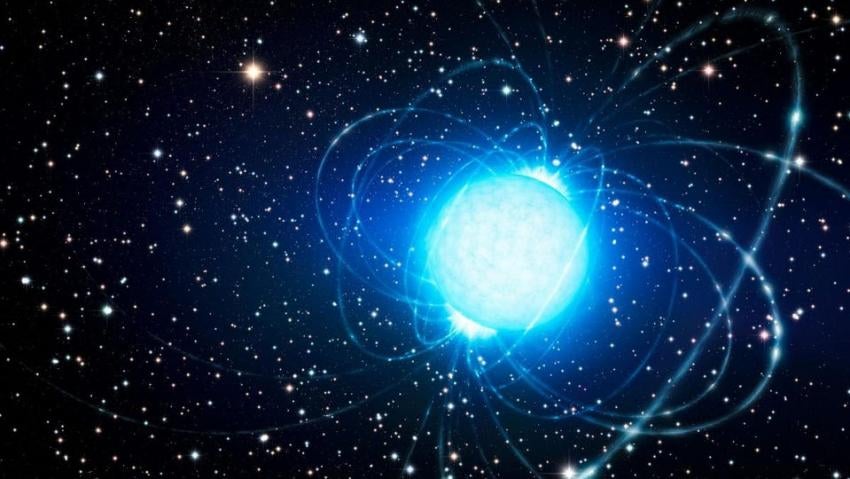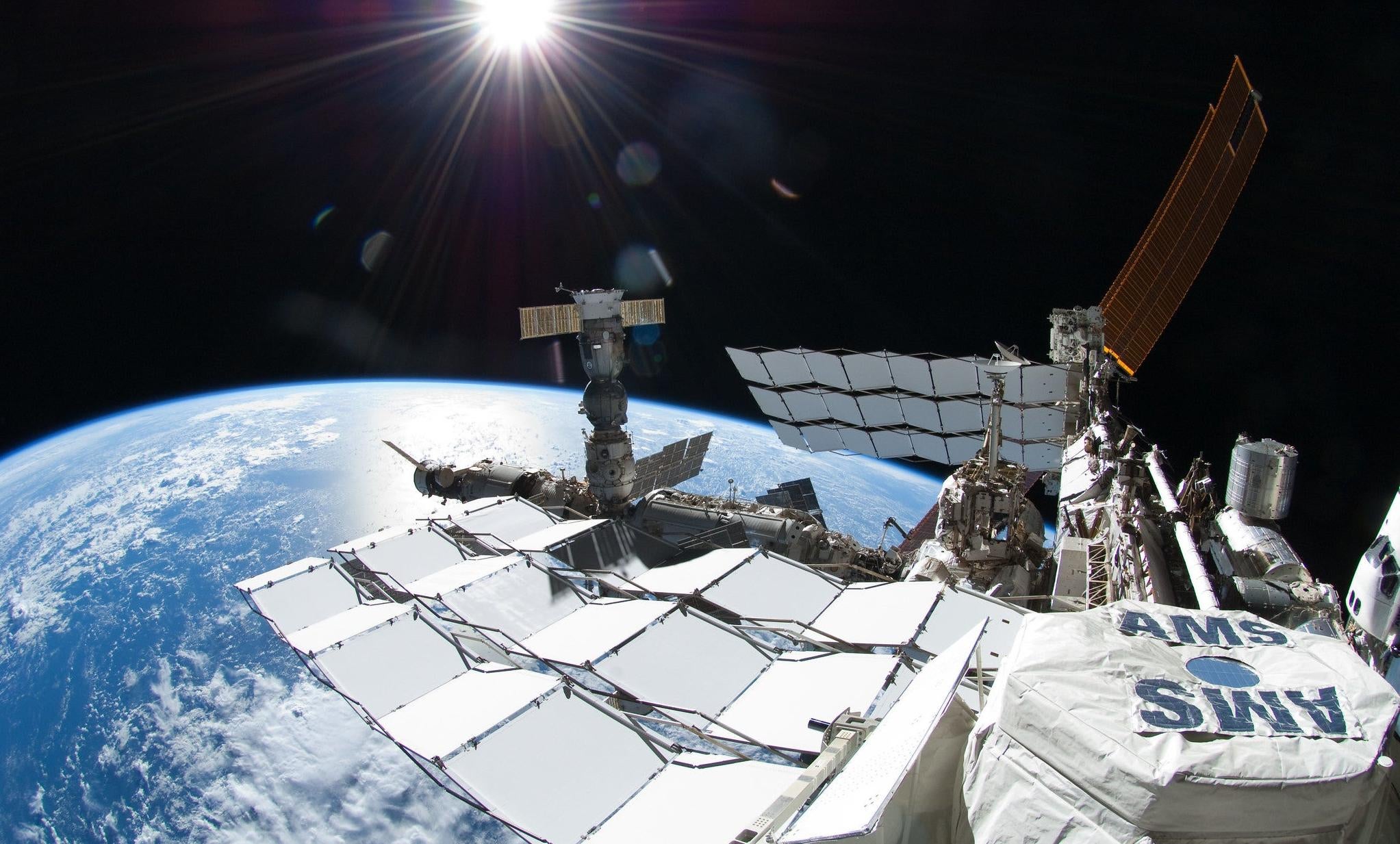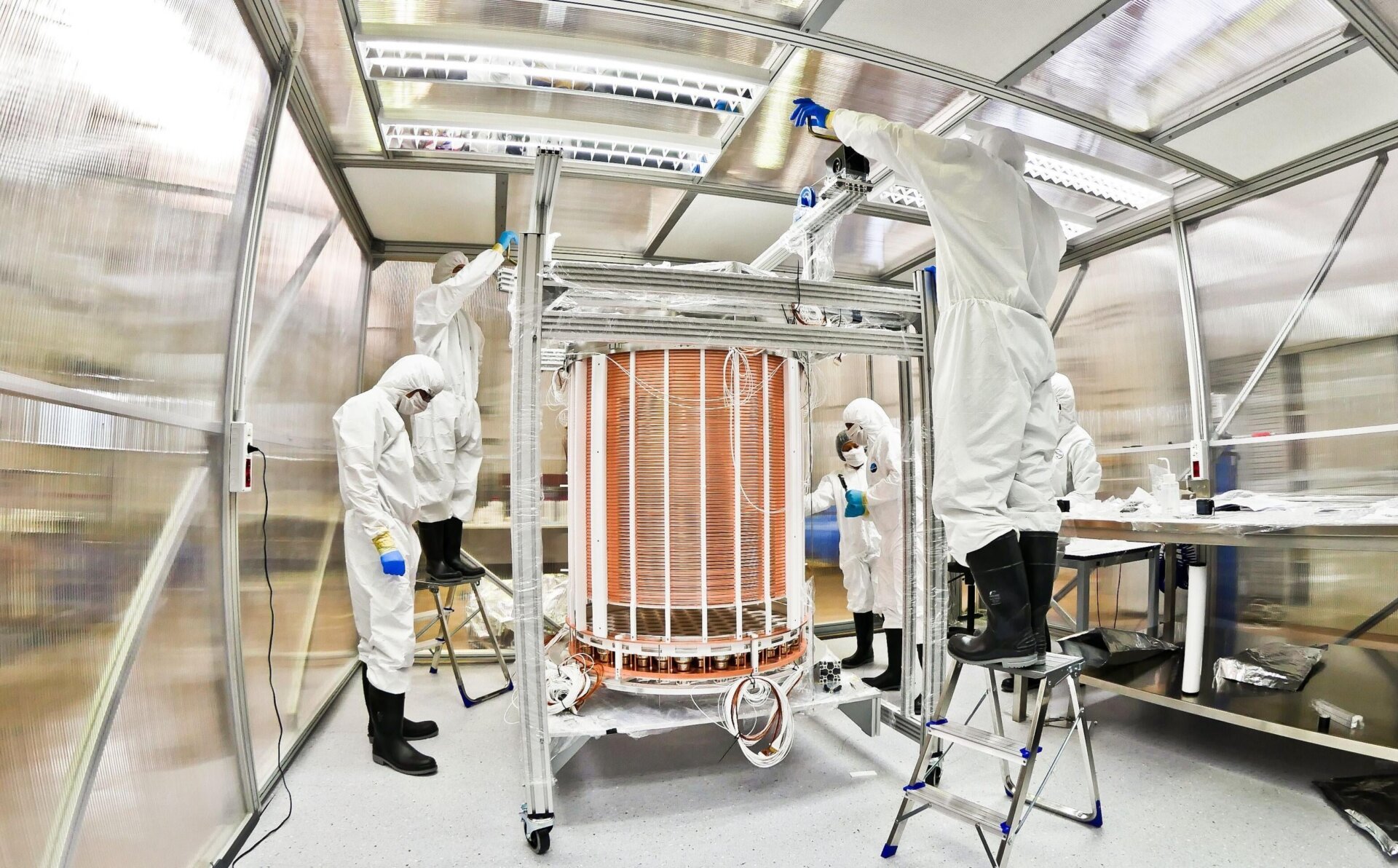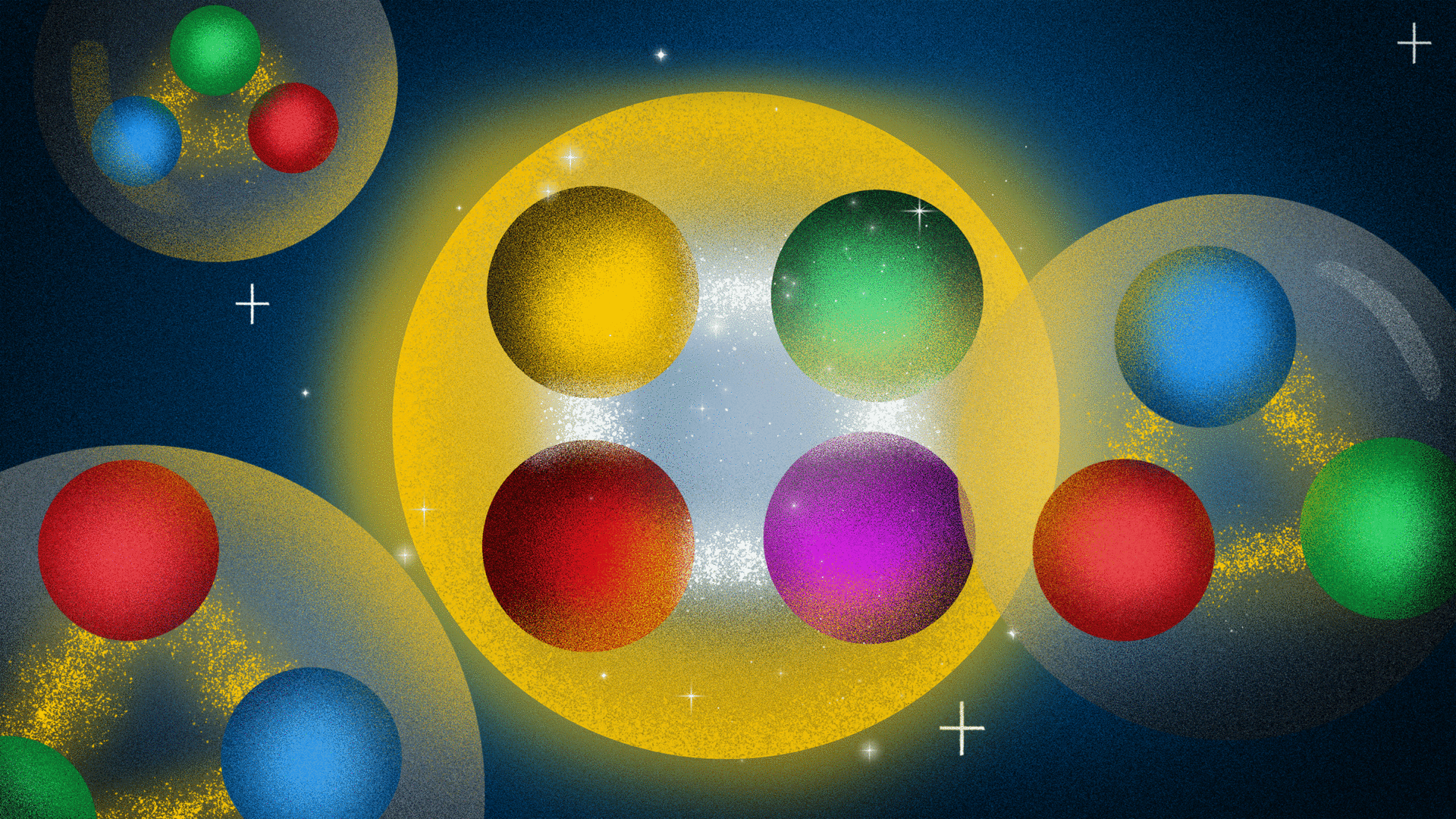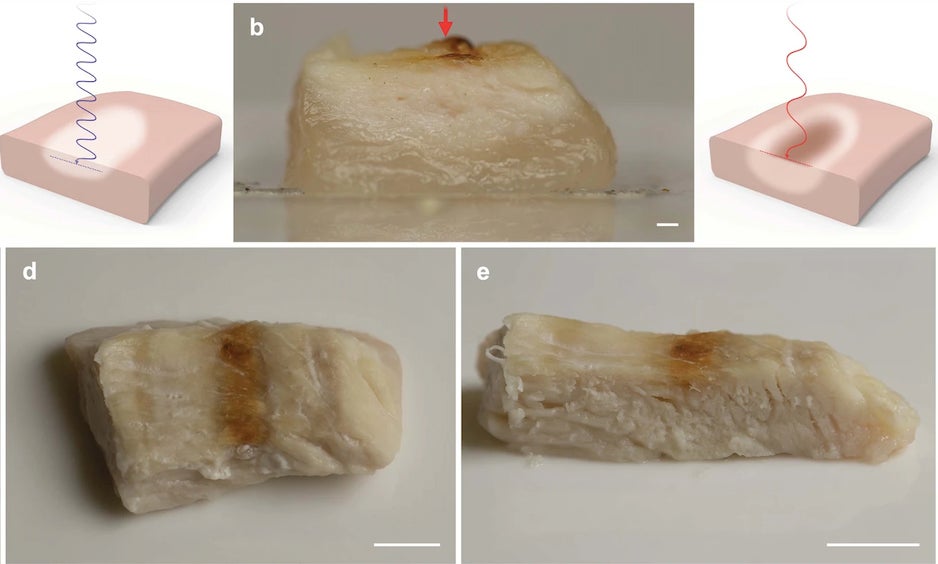Neutron stars, the remnants of massive stars, are some of the densest objects in the universe. Their gravity is so strong that it crushes electrons into protons, forming neutrons. These incredibly dense objects, packing more mass than our Sun into a city-sized sphere, were thought to have mountains on their surfaces. New research, however, suggests these “mountains” are far smaller than previously imagined.
Recent studies, presented at the Royal Astronomical Society’s National Astronomy Meeting, have used advanced models to map these surface irregularities. The findings, detailed in two papers available on the arXiv pre-print server, reveal that these mountains are less than a millimeter tall, drastically smaller than previous estimates.
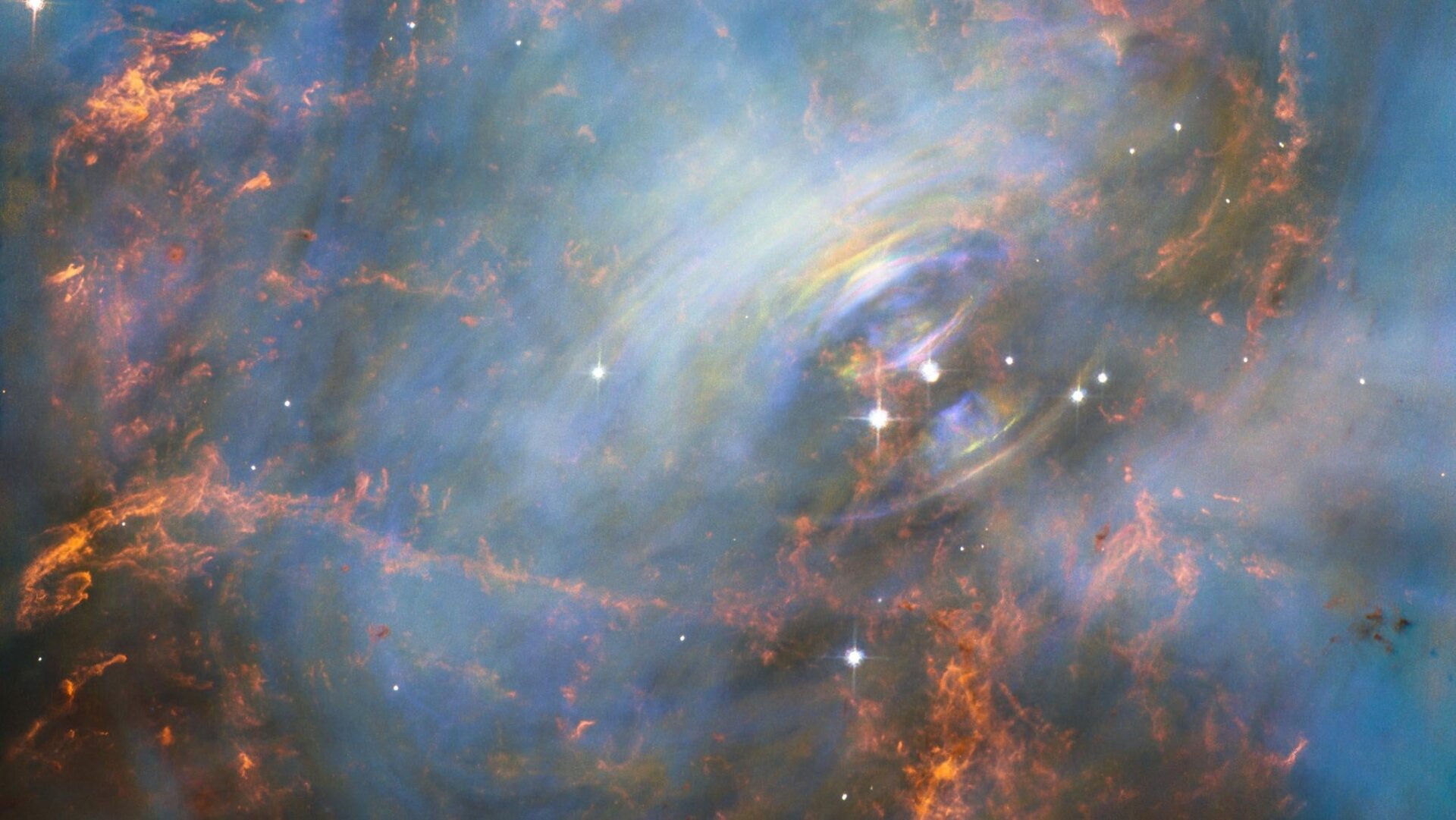 The Crab Nebula, imaged by the Hubble Space Telescope. A neutron star sits at the heart of the structure, which formed from a supernova.A neutron star resides within the Crab Nebula, a supernova remnant captured by the Hubble Space Telescope. Image: NASA and ESA
The Crab Nebula, imaged by the Hubble Space Telescope. A neutron star sits at the heart of the structure, which formed from a supernova.A neutron star resides within the Crab Nebula, a supernova remnant captured by the Hubble Space Telescope. Image: NASA and ESA
Rethinking Neutron Star Topography
Earlier research suggested neutron star mountains could reach heights of several centimeters. These calculations assumed the neutron star’s crust was strained to its breaking point everywhere, much like Atlas holding up the world. However, the new models demonstrate this assumption is unrealistic.
“For the past two decades, there has been much interest in understanding how large these mountains can be before the crust of the neutron star breaks,” explains Fabian Gittins, an astrophysicist at the University of Southampton and lead author of the studies. The new research reveals these previous estimates significantly overestimated the mountain heights.
Modeling the Crust: A Complex Puzzle
The challenge lies in accurately modeling the complex structure of a neutron star. These celestial bodies consist of a fluid core, an elastic crust, and a thin fluid ocean. Accurately simulating the interaction of these layers is crucial for determining the maximum height of surface features.
“What we have done is build models that join these different regions together in the correct way,” explains Nils Andersson, a co-author of the studies and an astrophysicist at the University of Southampton. “This allows us to say when and where the elastic crust first breaks.” The previous models, by assuming maximum strain everywhere, led to inflated mountain size estimates.
Implications of the New Findings
These findings suggest that when the crust yields, the energy is distributed across a larger area, rather than concentrated at a single point. While these shifts, based on computer models, are not catastrophic enough to cause the star to collapse, they do impact our understanding of neutron star structure.
Unanswered Questions and Future Research
Further research is needed to fully understand the dynamics of neutron star surfaces. One possibility is that larger mountains, albeit still tiny, could form after the initial crustal break due to the flow of matter on the star’s surface. However, even these larger formations would remain minuscule compared to terrestrial mountains, dwarfed by the immense gravity of these stellar remnants. These new findings pave the way for a more accurate understanding of neutron star structure and behavior.



